

Range of Movement (ROM)
Plane and Axis
Movement is defined by reference to a plane or axis.
The Four PlanesMedian or Sagittal Plane - a vertical plane which passes from front to rear, dividing the body into right and left sections. Coronal or Frontal or Lateral Plane - which passes from side to side at right angles to the sagittal plane which divides the body into a front and back section. Transverse or Horizontal Plane - a horizontal plane which divides the body into an upper and lower section. Oblique Plane - any plane through the body that is not parallel to one of the former three. |
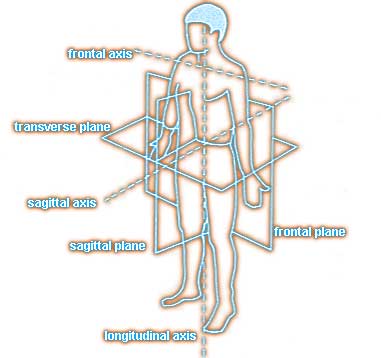 |
The Three Axis
Frontal Axis - passes from side to side at right angles to the sagittal plane.
Sagittal or Transverse Axis - passes horizontally from front to rear, lying at right angles to the frontal plane.
Longitudinal or Vertical Axis - passes from head to foot at right angles to the transverse plane.
Joint Actions
The following diagrams have been adapted from Lycholat (1990)[1]
Spinal Column
The vertebral column has the following normal ranges of movement: Flexion, Extension, Lateral Flexion and Rotation.
 |
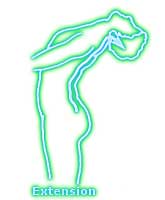 |
 |
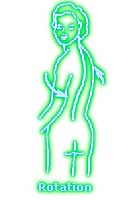 |
Shoulder Girdle
The shoulder girdle has the following normal ranges of movement: Elevation, Depression, Adduction and Abduction.
 |
 |
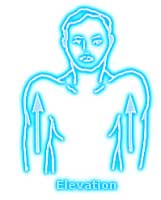 |
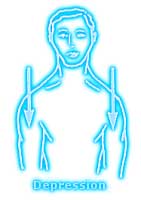 |
Shoulder Joint
The shoulder joint has the following normal ranges of movement: Flexion, Extension, Adduction, Abduction and Medial Rotation.
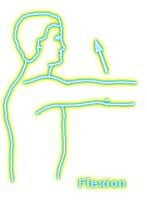 |
 |
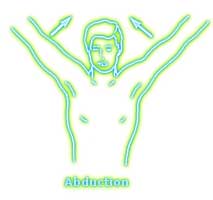 |
 |
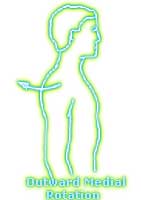 |
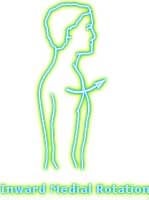 |
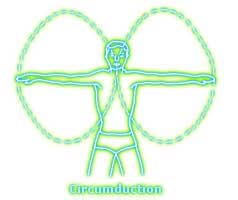 |
Elbow Joint
The elbow joint has the following normal ranges of movement: Flexion, Extension, Pronation and Supination.
 |
 |
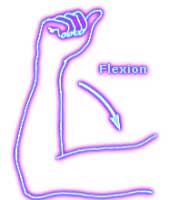 |
 |
Wrist Joint
The wrist joint has the following normal ranges of movement: Flexion, Extension, Adduction, Abduction and Circumduction.
 |
 |
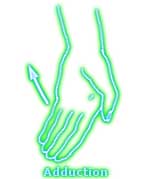 |
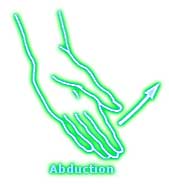 |
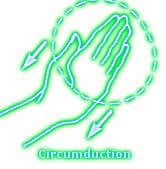 |
Hip Joint
The hip joint has the following normal ranges of movement: Flexion, Extension, Adduction, Abduction, Medial Rotation and Lateral Rotation.
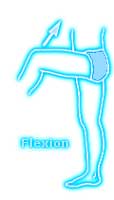 |
 |
 |
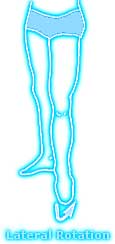 |
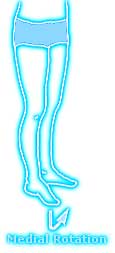 |
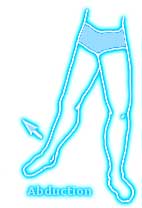 |
Knee Joint
The knee joint has the following normal ranges of movement: Flexion and Extension.
 |
 |
Ankle Joint
The ankle joint has the following normal ranges of movement: Plantar Flexion, Dorsi Flexion, Inversion and Eversion.
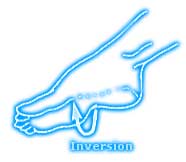 |
 |
 |
 |
References
- LYCHOLAT, T. (1990) The Complete Book of Stretching. UK: The Crowood Press
Page Reference
If you quote information from this page in your work, then the reference for this page is:
- MACKENZIE, B. (2004) Range of Movement (ROM) [WWW] Available from: https://www.brianmac.co.uk/musrom.htm [Accessed